Nghe An

Nghe An Province belongs to the North Central Coast region. It is Vietnam's largest province at 16,490 square kilometers and has a population of over 3 million. The province shares a 419-kilometer border with Laos to the west and has a diverse natural landscape including forests, plains, beaches, and islands. This is a favorable condition for socio-economic development in general and tourism in particular.
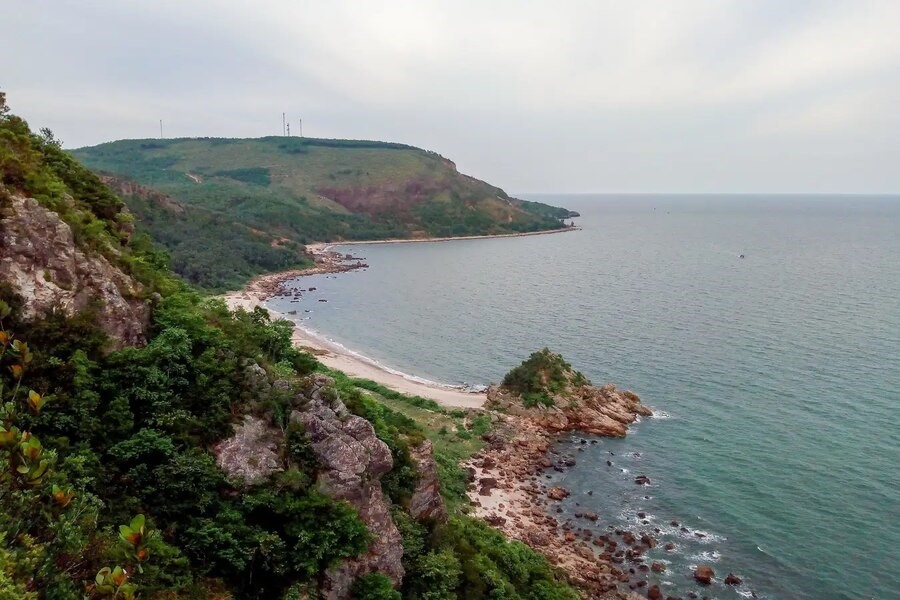
The nature of Nghe An possesses the beauty of both mountains and sea. Photo: Traveloka
Nghe An tourism develops strongly due to exploiting natural and cultural advantages. Either the mountains or the sea, you can always find a famous attraction. Join Asia King Travel to explore this land through the following article.
Nghe An sits right in the middle of the long stretch of coastline, with the eastern side hugging the South China Sea. To the north, it borders Thanh Hoa Province, while to the south is its close-brotherhood Ha Tinh Province.

Lam River flows gently. Photo: Sach Nguyen
The lifeline is the mighty Lam River originating in Xiengkhuang Highland in Laos and flows across the province out into the East Sea. Together with Hong Linh Mountain, they are iconic symbols of Nghe An.
The province used to be the southernmost part of the country until the Ly Dynasty. The name first appeared in 1030 under the reign of King Ly Thai Tong. The king changed the name from Hoan Chau to Nghe An. It has been attached to Vietnamese history since then.
In 1831, King Minh Mang divided into two provinces, Nghe An and Ha Tinh along Lam River. This region later became the epicenter of the 1930-1931 Nghe Tinh Soviet uprising, a pivotal event that marked the beginning of the proletarian revolution nationwide. Farmers and workers united to overthrow French colonial rule, demonstrating the power of collective action.

The unique architecture of Vinh Ancient Citadel as seen from above. Photo: Sach Nguyen
This land is considered the "land of scholars" because of many families and villages with a strong tradition of learning. From ancient times to the present, many famous people were born here. Due to the terrain and climate, people in Nghe An often live in difficult conditions, from which they have cultivated the virtues of hard work and overcoming difficulties.
Suggested for you: Nghe An Tour 2 days: Cua Lo Coastal Getaway
Nghe An is pretty accessible by road from major cities in Vietnam. If you're driving from Hanoi, it's about a 5-hour journey covering 300 kilometers via the National Highway 1. From Da Nang, 400 kilometers driving hugging the scenic coast will bring you here. Renting a car or motorbike is an option, but coaches are cheap and convenient for long-haul trips.

The coastal road running through Nghi Loc District. Photo: VnExpress
Flying is probably the quickest way to reach Nghe An if you're coming from far away. The province has Vinh International Airport in the provincial city, operating international flights from neighboring countries besides domestic ones. It's a modern but small airport, so don't expect a ton of amenities.
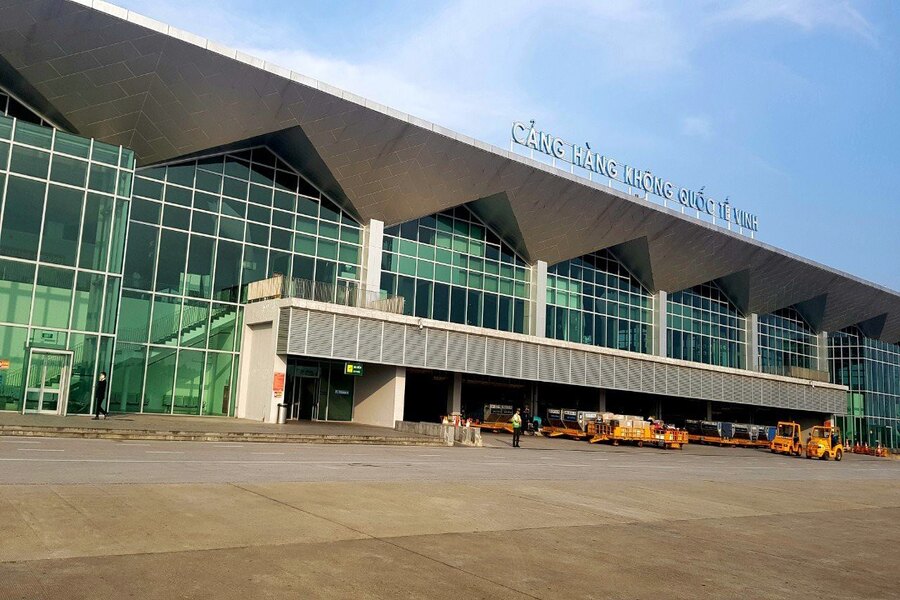
Vinh International Airport runway access area. Photo: Kenh14
Taking the train is a classic way to travel in Vietnam, and Nghe An has a few stations along the Reunification Express line running from Hanoi to Ho Chi Minh City. Vinh Station is the most extensive railway station. Overnight sleeper berths are available for longer journeys.
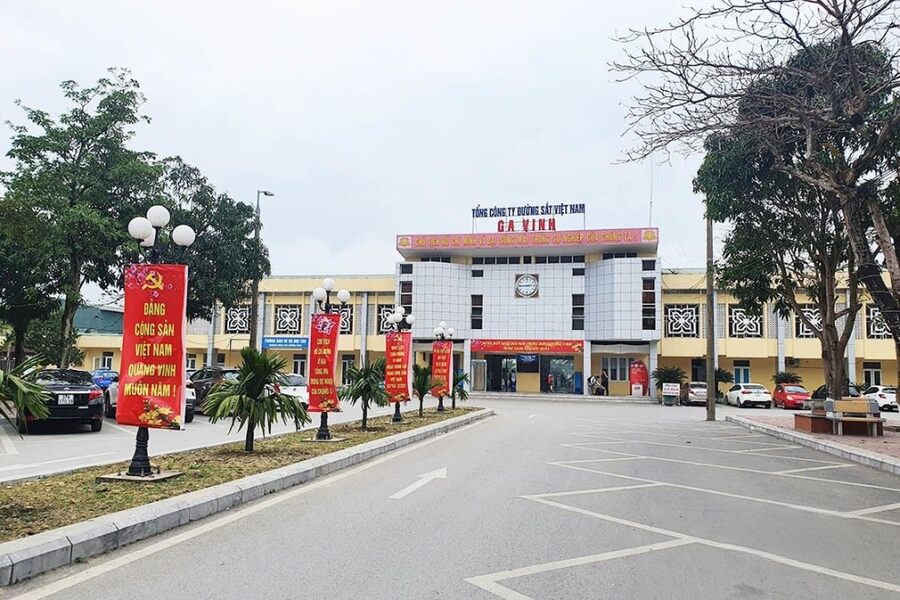
Vinh Station was built with modern facilities. Photo: Vietnamnet
The best time to visit Nghe An Province is none other than the summer. People flock to Cua Lo Beach to soak up some sun and hit the beaches. The temperatures usually run from 30°C, sometimes hit more than 40°C and there's very little rainfall. But it will be cooler near the sea as the waves will wash away the hot in your body.

Cua Lo Beach is one of the best seascapes in Northern Vietnam. Photo: Nhiep anh va Doi song
The most famous person from Nghe An is undoubtedly Ho Chi Minh, the revolutionary leader who led Vietnam's struggle for independence. He was born in 1890 in Nam Dan District. His father is a traditional Confucius scholar. His mother worked hard to raise four children and passed away early. It shaped his lifelong concern for the plight of the Vietnamese peasantry.
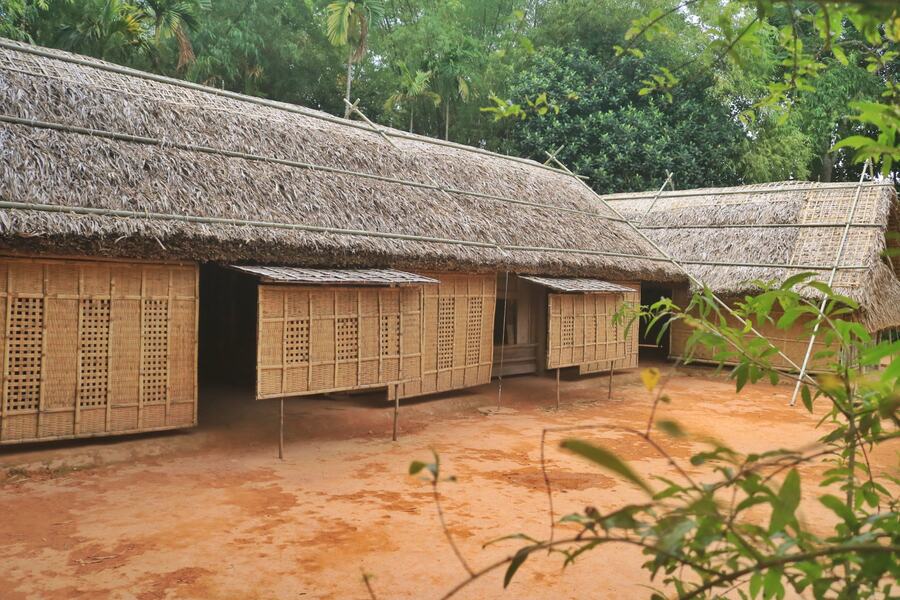
The thatched house in Hoang Tru Village witnessed President Ho Chi Minh's difficult childhood. Photo: Thanh Nien
He left Vietnam in 1911 on a worldwide journey to find a liberation path. He had witnessed the injustices of colonial rule and capitalism. In 1930, Nguyen Ai Quoc and other comrades established the Vietnam Communist Party.
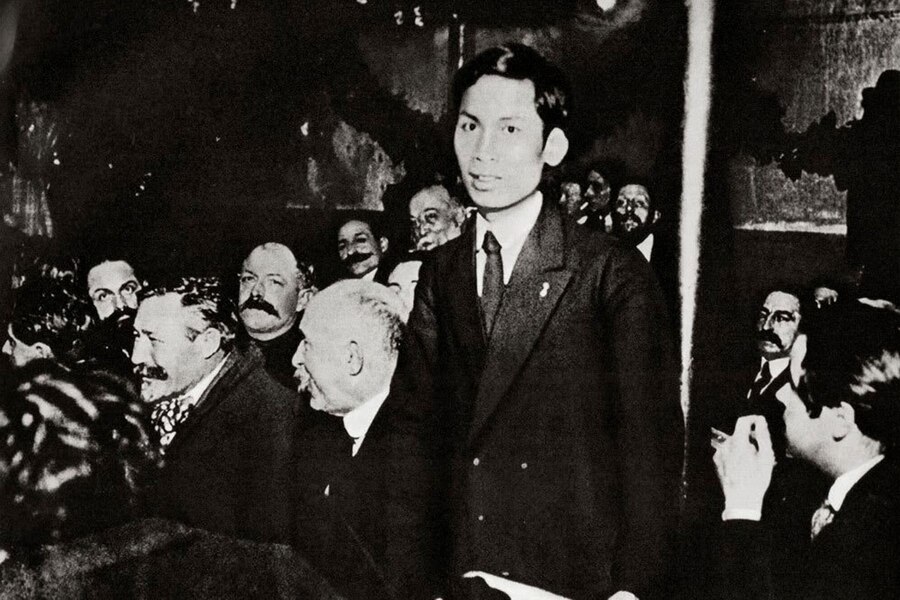
He used the name Nguyen Ai Quoc (Nguyen the Patriot) during his overseas activities. Photo: Mat tran Magazine
After the Japanese withdrawal in 1945, Ho Chi Minh declared independence and became President of the Democratic Republic of Vietnam. Vietnam then defeated the French in 1954 and later defeated the Americans after two decades of bloody conflict. Vietnamese people honor him as the father of the country.
Before Ho Chi Minh, Phan Boi Chau was another son of Nghe An also constantly searching for a way to liberate the nation from French colonial rule. He was born in 1867 in Nam Dan District. It is said that when Ho Chi Minh was a child, he listened to conversations between his father and Phan Boi Chau.

The statue of Phan Boi Chau at the gifted school was named after him in Nghe An Province. Photo: Zing
In 1904, Phan Boi Chau founded the Duy Tan Hoi (Reformation Society), one of the first nationalist organizations. He launched the Dong Du movement, encouraging Vietnamese youth to study in Japan about academics and military skills.
Furthermore, he produced numerous works to inspire patriotism and fuel the revolutionary spirit. His revolutionary activities caught the attention of the colonial authorities. Eventually, he was forced to “exile” in Hue. His name has been given to many schools and roads, notably the gifted high school of Nghe An Province.
Ho Xuan Huong was a female poet living around the late 18th century. Although her background is still in collecting, her poems are highly praised by Vietnamese people to this day. She is known as the "Queen of Nom Poetry". UNESCO has recognized Ho Xuan Huong as a World Cultural Celebrity.

A painting of Ho Xuan Huong along with things she wrote into famous poems. Photo: Saigoneer
According to many documents, she was from Quynh Luu District. Living in a time of great upheaval and gender inequality, her life was full of hardships. She had two marriages but none of them got a happy ending. Nevertheless, these sad memories made her poetic soul even more unique.
Ho Xuan Huong's works primarily revolve around themes related to women. Rather than romantic love songs, these poems are full of satire and multiple layers of meaning. Sometimes, the poems are quite vulgar, but they also invite deep contemplation. Famous works include "Banh troi nuoc", "Tu tinh", "Thieu nu ngu ngay," and a series of poems with the poet Pham Dinh Ho.
Some other notable names:
At first glance, you might think Nghe An Province is a harsh land, lacking in excitement. But give it a try, and you'll fall in love with its beauty and people. Asia King Travel is always ready to take you to every corner of Vietnam. Contact us and let's create an unforgettable journey.
Suggested for you: Vietnam Tour 9 days: Vietnam Overview
Embark on a mesmerizing Nghe An Tour 2 days: Cua Lo Coastal Getaway , where sun-...
Embark on Pu Mat Tour 3 Days. Trek through the National Park, paddle the rapids,...